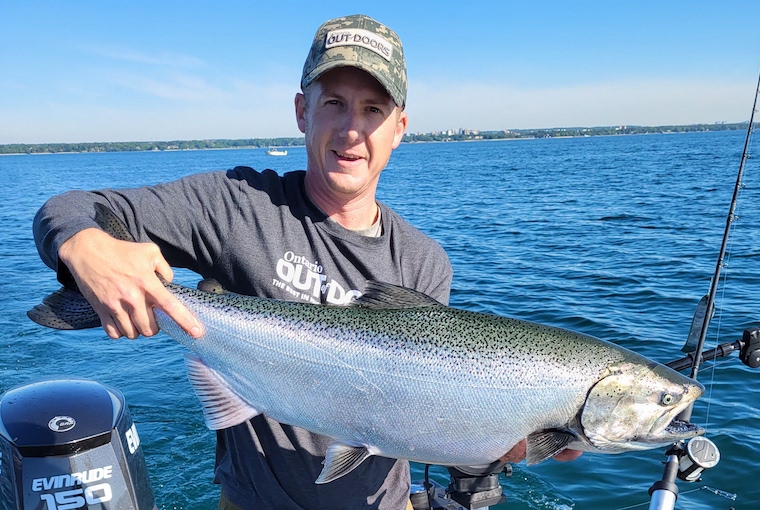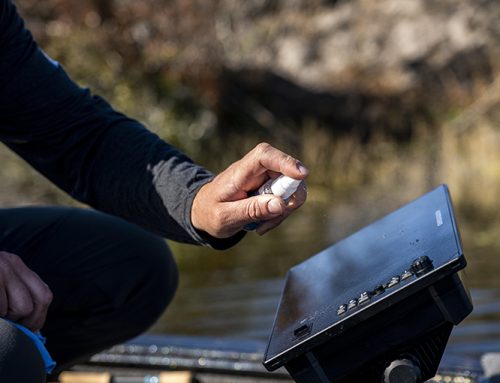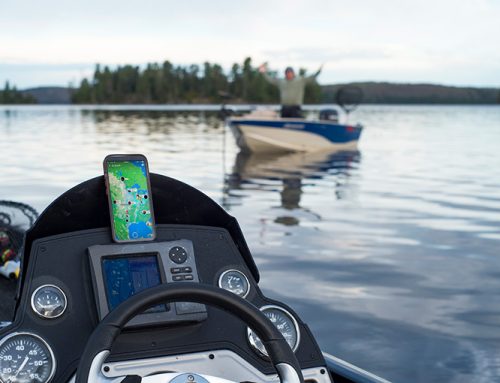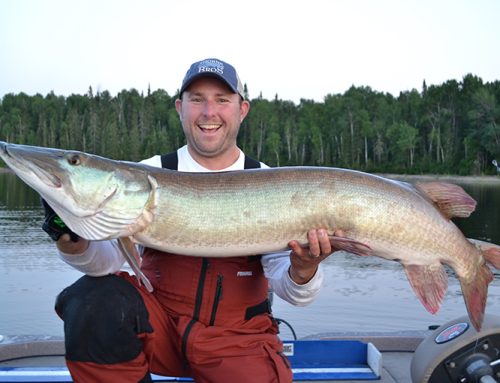
Divers are a must-have tool for deep-lake trolling. These devices, while attached to your line, pull your lure down to a specific depth. Many kinds are available, each with unique characteristics. Here’s what you need to know about the three most common kinds of divers.
Dipsy diver
Dipsy divers come in four sizes, from 21 ⁄4′′ to 47 ⁄8′′ diameter. They are most commonly used with braided or wire line when fishing for salmon. The no-stretch in these lines helps the diver go deeper with less line out and the release clip pops more easily when a fish strikes or when you start reeling.
The dipsy attaches to your main line with a heavy snap swivel, which is snapped into place on the disk. Engaging the clip is what makes the diver dive. A tensioning screw ensures the precise amount of force to release.
A shock-absorbing snubber is then affixed to the other end of the diver. The snubber helps avoid broken lines when a big fish strikes. It is always recommended when using braid or wire line.
Attach a 30-pound fluorocarbon leader to the snubber, from six to 15 feet in length. Then, attach your favourite trolling lures.
Before deploying the diver, there is an option to set the angle such that the diver pulls left or right. This feature allows multiple divers to run side by side. Just be sure they are set correctly so that the diver does not go under the boat where it can cause a major line tangle. Detailed charts are available for each size and line type that gives a precise dive depth depending on the angle the diver is set. These charts are key to dialling in the depth you want to target in the column. It is always recommended you deploy the diver under tension with your line counter set to zero.
Slide diver
Unlike the Dipsy diver, which is fixed on the line, a slide diver can be shifted on the main line, meaning you can make your lead as long as you want. It’s a stealthier way to troll. Braid or monofilament line are the two options for slide divers.
I utilize slide divers in relatively shallow water (under 40 feet for big water salmon and trout). And they are typically not deployed as far back as a dipsy, so the stretch in the mono line is less of a concern.
After sliding the line through the diver, a plastic bead is slid on the line followed by a heavy two-way swivel. A six to 10-foot leader of 20 to 30-pound fluorocarbon is tied to the swivel, followed by a spoon or other lure.
Deploying the diver takes a bit of practice. With the line counter set to zero and the clicker on, hold the diver in one hand and manually pull line through it, and off the back of the boat. This is where the diver’s subtleness shines. You can let out plenty of line behind the diver ensuring fish don’t see it. In shallow water when I don’t want to spook fish, I let out anywhere from 30 to 100 feet of line before clipping the diver in place. Slide divers also have angle settings to allow them to track out off the side of the boat, enhancing your spread and chances of catching a fish.
Jet diver
Jet Divers are a floating diver. This feature means that on slow, inside turns the diver will rise in the column, where as a dipsy, or weighted diver would sink. Available in five sizes, these divers have a set dive depth at 100 feet back. For example, size 40 will dive to 40 feet with 100 feet of line out. This allows for precision depth control of your presentation.
A disadvantage of a jet is that it only runs straight with no angle adjustments. Anglers will use planer board/jet diver combos to spread lines and run multiple presentations. Lake Erie walleye anglers often pair jet divers with small spoons on eight to 10 feet of 12 to 15-pound fluorocarbon leaders.
While, there are other ways to get your lure down deep, using a diver in your trolling spread will undoubtably increase your success and improve your trolling program.
Originally published in Ontario OUT of DOORS’ 2023 Fishing Annual






Leave A Comment